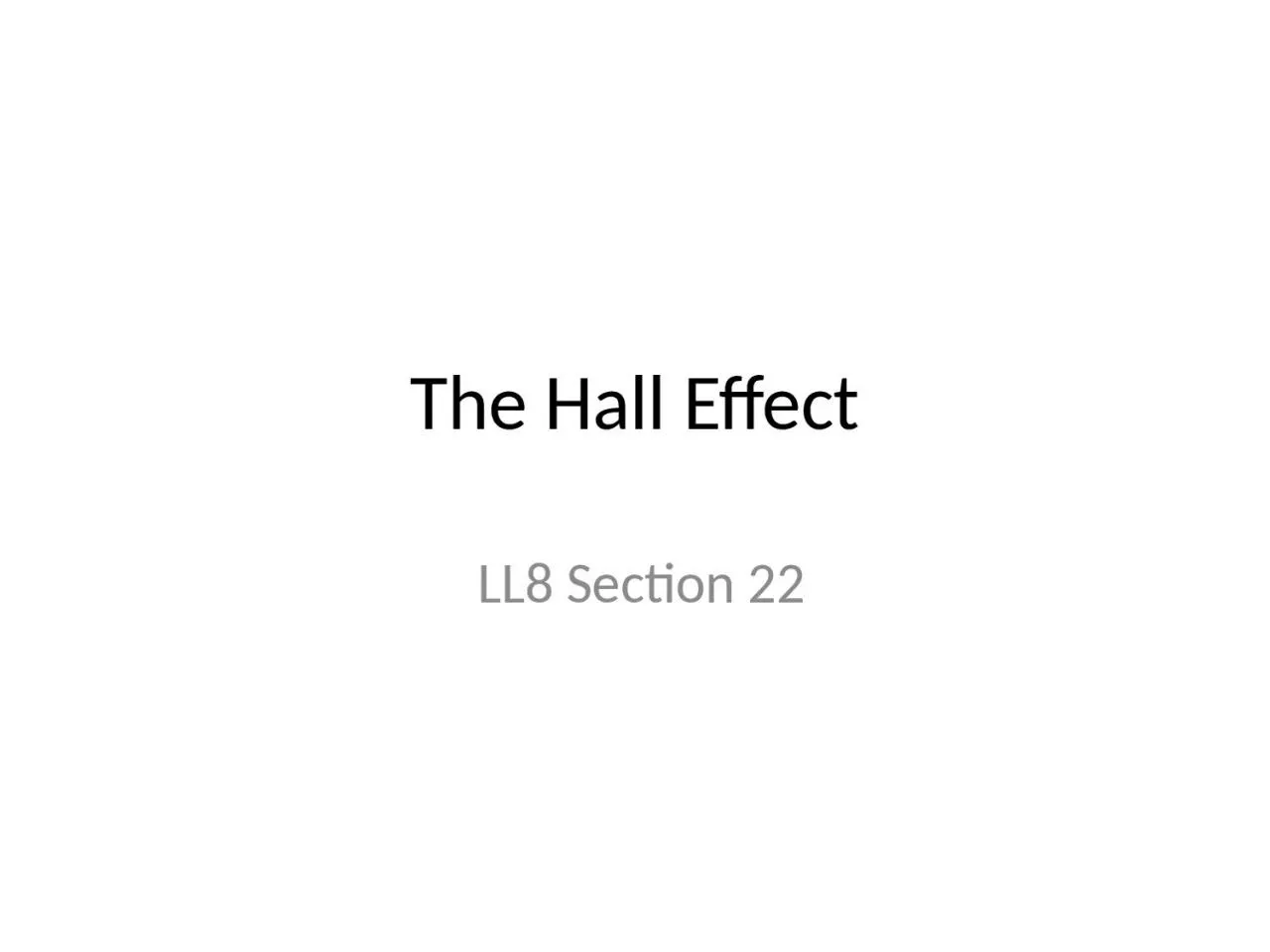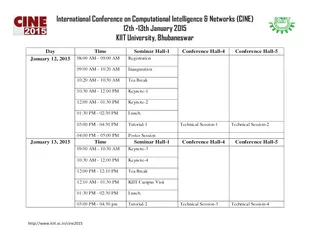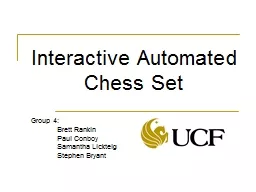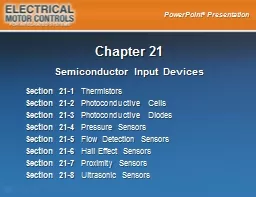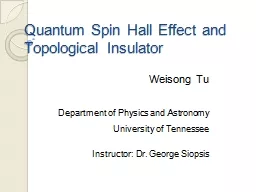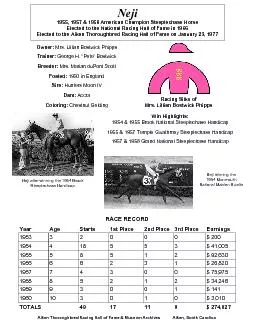PPT-The Hall Effect LL8 Section 22
Author : SunnySeahorse | Published Date : 2022-07-28
A conductor in an external magnetic field H Onsagers principle doesnt hold anymore Instead v5 section 120 and v2 Timereversal symmetry only if H H 1 A magnetic
Presentation Embed Code
Download Presentation
Download Presentation The PPT/PDF document "The Hall Effect LL8 Section 22" is the property of its rightful owner. Permission is granted to download and print the materials on this website for personal, non-commercial use only, and to display it on your personal computer provided you do not modify the materials and that you retain all copyright notices contained in the materials. By downloading content from our website, you accept the terms of this agreement.
The Hall Effect LL8 Section 22: Transcript
Download Rules Of Document
"The Hall Effect LL8 Section 22"The content belongs to its owner. You may download and print it for personal use, without modification, and keep all copyright notices. By downloading, you agree to these terms.
Related Documents

